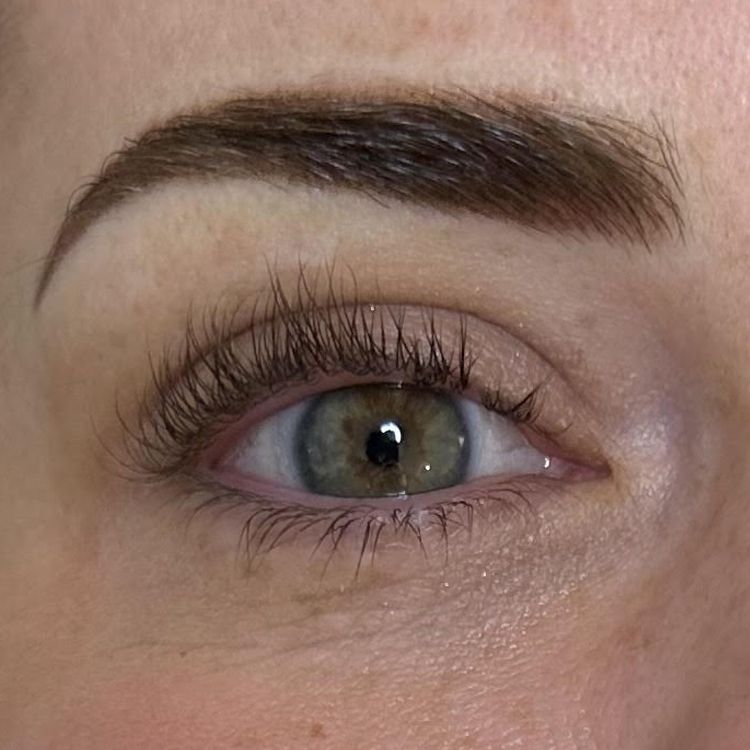Understanding the Tools and Techniques of Micropigmentation
Becoming a successful and knowledgable permanent makeup artist
To become a successful, well-rounded, and confident artist who consistently delivers the best results for clients of all ages, skin types, ethnicities, and lifestyles, it is imperative to understand the difference between the popular techniques and tools used in the industry today. It’s important to know the pros and cons of each technique and which one to recommend to each client to ensure their satisfaction.
Prettyology Academy teaches this in-depth and positions you on a successful path by giving you the knowledge needed have a discerning mind and artistic eye.
METHODS
More than just Microblading
Microblading is one of the hottest trends in beauty and just one of a number of techniques that must be understood in order to safely and competently serve clients.
Microblading is a technique done manually, specifically for eyebrow hairstrokes. It’s done with a specialized microblade hand tool that creates individual hairstrokes by “scratching” on each individual hair, then filling in a with pigment chosen specifically for the client. Each individual “hair” is visible, leaving less of a “solid” look. Though microblading looks very natural, it’s important to know that some skin types (and lifestyles) are not compatible with the microblading technique. This is why at Prettyology Academy we teach both microblading and device work – or traditional micropigmentation.

Traditional Micropigmentation/Device Work
This is our favorite because it works on everyone. Prettyology Academy teaches classic, timeless techniques using a top-quality tattoo device created specifically for PMU and universal needle cartridges. These are all the same tools we use on our own clients in the Prettyology Beauty Lab - time tested and the best in the industry (and we’ve done 10’s of thousands of procedures)! The microblading method is trending and it is important to know that classes only focusing on microblading will not be giving you the proper knowledge and training you need for this profession. Microblading-only training for beginners is really the cart before the horse.
Traditional device work is gentle on the skin and long lasting. This technique creates repetitive, controlled punctures in the skin which deposits pigment with every stroke. Choosing from the various needle configurations can be compared to choosing a makeup brush or paint brush for a particular effect.
The various procedures we use and teach using a device are:
- Powder Brows & Ombre Powder Brows
- Nano Hairstroke Brows
- Lip Blush & Ombre Lip Blush
- Eyeliner
- Saline Removal & Color Corrections
- Scar Camouflage & Scar Correction
- Scalp Micropigmentation (SMP)
- 3D Areola
WANT TO LEARN MORE? DOWNLOAD THIS FREEBIE!
How to choose the right Pigment Composition for your client - Organic vs. Inorganic (Iron Oxide)
GET THE FREEBIEPrettyology Academy Educational Track

Fundamental Courses
For the beginner – Our sought-after, well known fundamental courses have become the gold-standard in the world of PMU training. Our accredited 8-day training is your fundamental foundation for entering the world of permanent makeup.

Advanced Courses
For the certified artist ready to expand their skills – Our advanced courses are essential for learning new techniques and services to add to your permanent makeup repertoire/menu.

VIP Guest Trainers
For the certified artist who wants to be the BEST – We continually host VIP trainings led by international PMU legends right here in our Boston-area academy where you can learn specialized techniques from the best in the world.
TESTIMONIAL
"Prettyology changed my life. I am so excited and obsessed with my career and I wouldn’t have been able to do it without Prettyology, the team there, and especially Julie."
SAMANTHA
SCHEDULE A CALL
Want to know more?
Schedule a Discovery Call with Prettyology Micropigmentation Academy and take one step closer to your new career.

CONTACT US

© Copyright 2023 Prettyology Academy
Website Designed & Developed by Design Principles, Inc.


